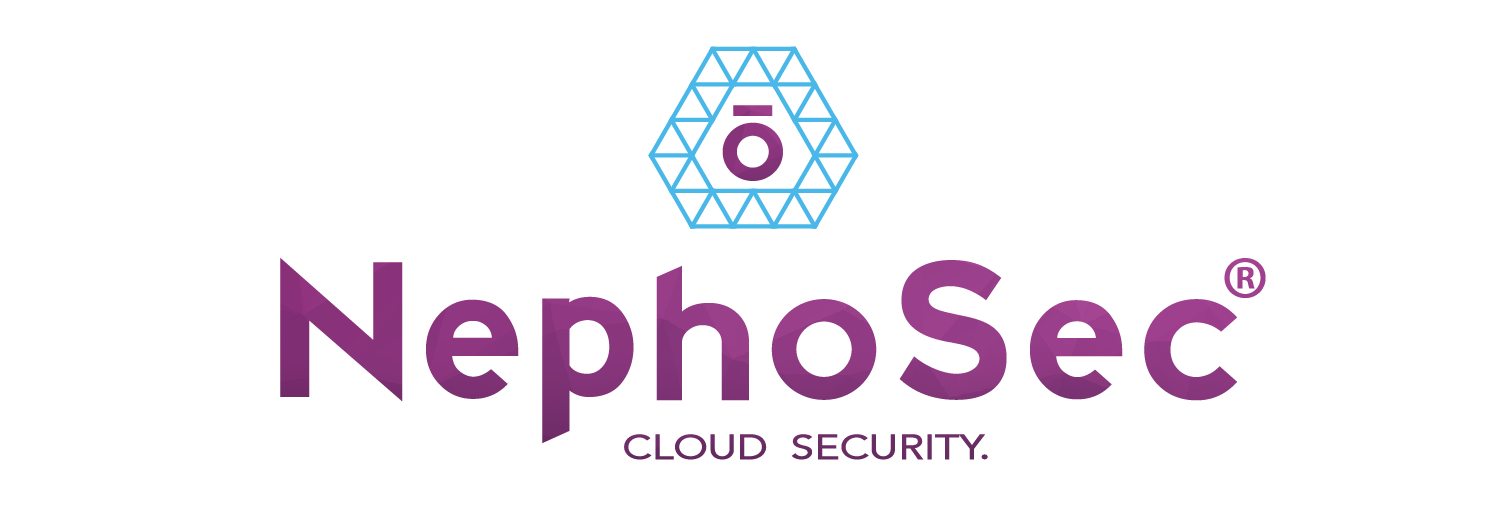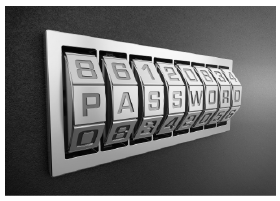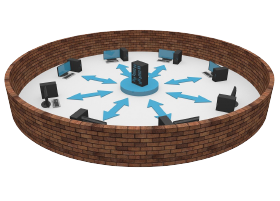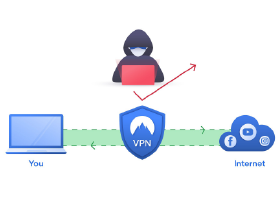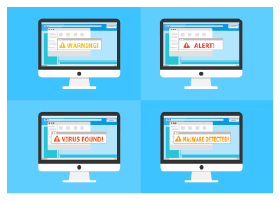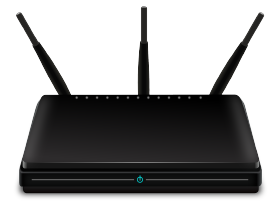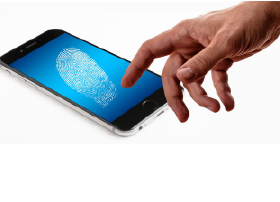In order to gain access, your credentials must come from at least two different categories. One of the most common methods is to login using your user name and password. Then a unique one-time code will be generated and sent to your phone or email, which you would then enter within the allotted amount of time. This unique code is the second factor.
When should MFA be used?
- MFA should be used to add an additional layer of security around sites containing sensitive information, or whenever enhanced security is desirable. MFA makes it more difficult for unauthorized people to log in as the account holder.
- According to the National Institute of Standards and Technology (NIST) MFA should be used whenever possible, especially when it comes to your most sensitive data—like your primary email, financial accounts, and health records.
- Some organizations will require you to use MFA; with others it is optional. If you have the option to enable it, you should take the initiative to do so to protect your data and your identity.
How do I activate MFA on my accounts?
- Head to the Lock Down Your Login site, which provides instructions on how to apply this stronger form of security to many common websites and software products you may use.
- If any of your accounts are not listed on that resource site, look at your account settings or user profile and check whether MFA is an available option. If you see it there, consider implementing it right away!
- Usernames and passwords are no longer sufficient to protect accounts with sensitive information. By using multifactor authentication, you can protect these accounts and reduce the risk of online fraud and identity theft.
- Consider also activating this feature on your social media accounts!
